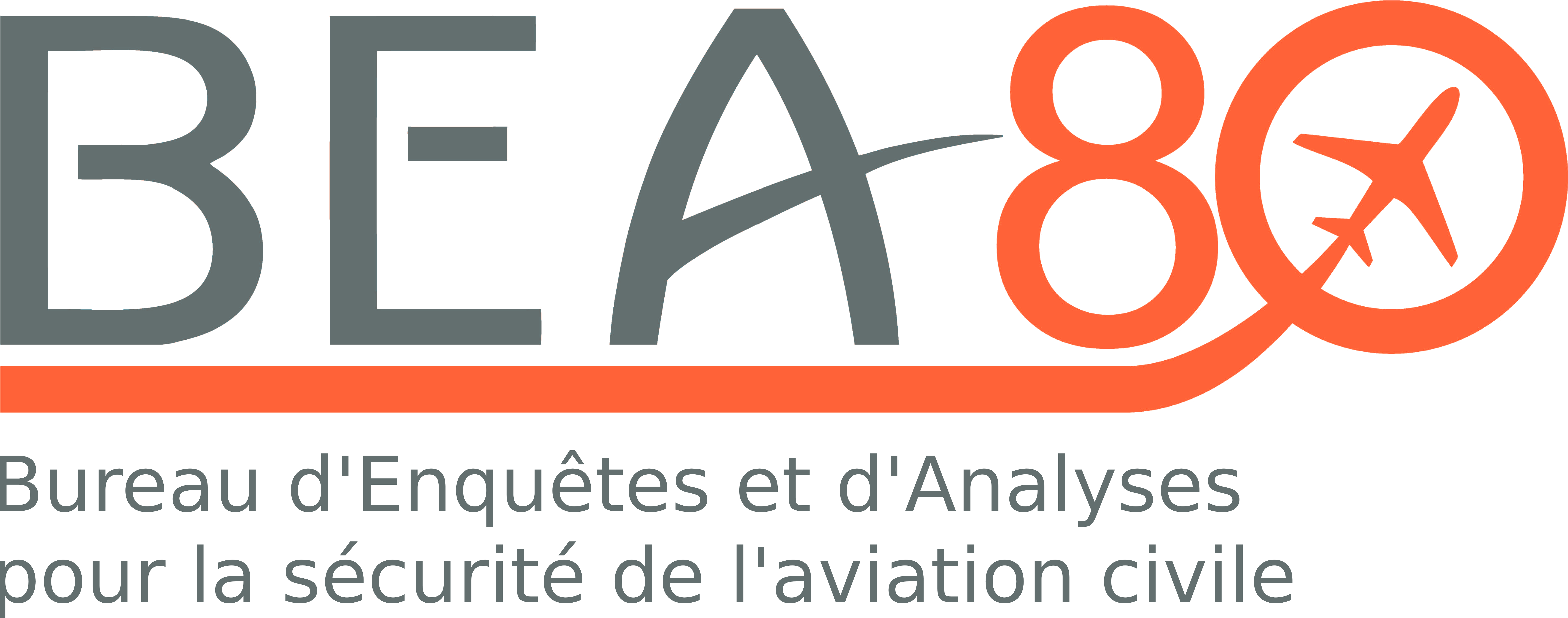Accident to a Robinson R44 registered EC-IVT on 09/03/2012 at Valouse (26)
Talonnement du mât rotor en croisière, en atmosphère turbulente, rupture en vol, collision avec le sol
1 - HISTORY OF FLIGHT
The following elements are from witness accounts, radar and radio-communication
recordings.
The pilot, accompanied by a passenger, took off from Clermont Ferrand Auvergne (63)
aerodrome at 9 h 24 for Luc Le Cannet (83) aerodrome. The pilot had entered a route
in a touch-screen tablet which went via Feurs (42), Saint Etienne (42), Givors (69),
Saint Rambert d’Albon (26) and then Le Luc. He performed cruise at an altitude of
7,000 ft. At 10 h 19, at the level of the Rhône valley and 25 km north of Montélimar,
he began descent, carried out a 360° turn and halted descent at an altitude of about
2,300 ft. He then continued south-east and went back into climb.
At about 10 h 35, at an altitude of about 4,200 ft (height of 1,500 ft) and at a ground
speed of 115 kt, the helicopter broke up in flight and collided with the ground.
3 - LESSONS LEARNED AND CONCLUSION
The break-up of the helicopter resulted from mast bumping, which caused interference
of one of the main rotor blades with the airframe. This break-up occurred while the
pilot was flying at high speed in an area close to hilly terrain where there was strong
turbulence and high winds and where he may have gone in order to avoid clouds.
The accident resulted from a combination of the following factors:
- ??the pilot’s wish to reach his aerodrome destination quickly whereas the meteorological forecasts were adverse for the flight;
- ??the failure to decrease speeds to those recommended by the manufacturer in a turbulent atmosphere;
- ??the pilot’s probable degraded abilities due to absorbing carbon monoxide.
The manufacturer’s documentation which mentioned a speed recommended in
turbulence solely in Safety Notice SN 32 appended at the end of the flight manual
without this information appearing in the Limitations chapter of this manual made
this information less visible.
The possible malfunction of the carbon monoxide detection warning may have led to
the non-detection of a gas leak by the pilot.
4 - SAFETY RECOMMENDATIONS
Note: In accordance with Article 17.3 of European Regulation (EU) 996/2010 of the
European Parliament and Council of 20 October 2010 on the investigation and prevention
of accidents and incidents in civil aviation, a safety recommendation shall in no case
create a presumption of blame or liability for an accident, a serious incident or an
incident. The addressee of a safety recommendation shall inform the safety investigation
authority which issued the recommendation of the actions taken or under consideration,
under the conditions described in Article 18 of the aforementioned Regulation.
Risks linked to mast bumping during flight in turbulence
The investigation showed that the accident occurred following mast bumping
leading to contact of one of the blades with the airframe while the helicopter was
flying in turbulence at speeds higher than those recommended in turbulence by the
manufacturer. Several accidents involving Robinson R22s and R44s have occurred in
similar circumstances.
The investigation also showed that the manufacturer’s literature mentioned a
recommended speed in turbulence only in Safety Notice SN 32, appended at the end
of the flight manual, without this information appearing in the ‘‘Limitations’’ chapter
of this manual, making this information less visible.
Consequently the BEA recommends that:
- ??FAA ensure that Robinson modifies the R22 and R44 flight manual by adding information relating to flight in turbulence to the Limitations section. [Recommendation 2015-029]
- ??EASA ensure that all European operators of Robinson R44 and R22 are informed of this limitation, which must be strictly observed in a turbulent atmosphere. [Recommendation 2015-030]
